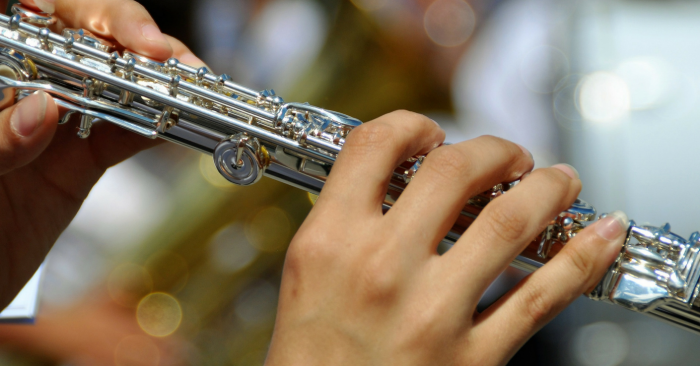
Musical Instrument Introduction: Woodwind Instruments
As music can affect childhood development, and because quite a few schools have implemented a “One Musical Instrument for Each Student” scheme, many parents need to invest some time in trying to help their children select a musical instrument that best suits their character. With so many different types of instruments to choose from, a lot of people may find it difficult to decide what the best options are. The Whizpa team has therefore prepared a series of articles on different musical instrument families to introduce the special characteristics and learning prerequisites of each one. After introducing the brass family in a previous article, we would now like to focus on the most common instruments in the woodwind family.
Differentiating Woodwind and Brass Instruments
Wind instruments usually use a tube as a resonator, and produce music when air is blown into the tube. Woodwind instruments and brass instruments are two different types of wind instruments. However, many parents mistakenly believe that woodwind instruments are only made of wood. Whilst the name “woodwind instruments” was derived from the fact that the instruments were originally made from wood, with the development and expansion of the woodwind family, some woodwind instruments are also made from brass and other materials. Thus woodwind instruments should be differentiated from brass instruments not by the material with which the instruments are made, but rather by how the instruments produce sound. With brass instruments, sound is produced through the vibrations of the players’ lips. Woodwind instruments can be divided into three types – single-reed instruments, double-reed instruments, and flutes. Sound is produced when air blown into the tube is split by a reed or a sharp edge. Some of the most common single-reed instruments are clarinets and saxophones, whilst oboes are common double-reed instruments, and Western concert flutes are common flute instruments.
Different Sound Characteristics of the Woodwind Family
Within the woodwind family of instruments, the sound quality of each type of instrument is different.
The flute produces a sound that is soft and bright, flowing like water. It is also very flexible, and multiple notes can be played in a short amount of time.
The clarinet produces a wide range of sounds. The high notes sound bright, the middle notes sound warm, and the low notes sound full and mysterious.
The sound of a saxophone can be mellow and bold, so it is widely used in jazz music.
The oboe has a sound that is rich in pastoral and melancholy feeling, and is very suitable for playing lyric songs.
Parents may wish to first try and understand what types of music their children like, and then let them try different kinds of instruments. For example, if children like light and bright songs, they may wish to learn to play the flute. Children who like lyrical, sentimental songs may want to consider learning to play the oboe.
The Role of Woodwind Instruments in Orchestras and Bands
As their music playing skills develop and mature, quite a few children will participate in group performances and experience the team spirit of collaborating with other people. Many woodwind students may participate in wind quintets which are typically comprised of a flute, oboe, clarinet, bassoon, and also a brass instrument, a horn. Clarinets, oboes and flutes are all necessary instruments for an orchestra. In addition to these instruments, saxophones may also be a part of orchestras and bands. However, saxophones are not always a commonly used instrument in classical orchestras as the saxophone family of instruments was invented relatively later. Nevertheless, the unique sound characteristics of the saxophone - rich and full of emotion – make it a mainstay of jazz and pop music. Saxophones may even be considered to be the musical instrument most representative of jazz music.
Price of Instruments
Using entry-level instrument models made by Yamaha (a brand commonly used by music students in Hong Kong) as a benchmark, beginner clarinets usually cost around HK$5,000. Due to their more complex structure, oboes can cost around HK$20,000. Flutes cost about HK$5,000. The price of saxophones is generally around HK$8,000.
Maintenance of Woodwind Instruments
Woodwind instruments are not difficult to look after, but students still need to learn to get into the habit of carefully cleaning their instruments. After playing on their instrument, they need to use a cleaning cloth to soak up the moisture in the tube of the instrument. In order to get rid of the moisture in the tone holes, they should place cleaning paper between the tone holes and key pads, press down on the keys, and then remove the paper. Woodwind instrument keys are small and very close together, so they need to be treated with care.
If your children have taken woodwind music classes, please be sure to share your views on the different classes they have experienced by writing a review on whizpa.com. This can help other parents evaluate the different options available, and help service providers improve their offerings as well!








